By epitaxially growing films from colloids, researchers show that they can monitor interactions and behaviors of the particles that are difficult—and sometimes impossible—to capture for similar films grown from atoms.
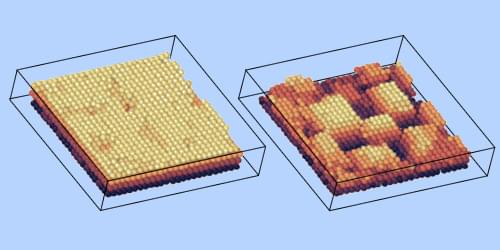

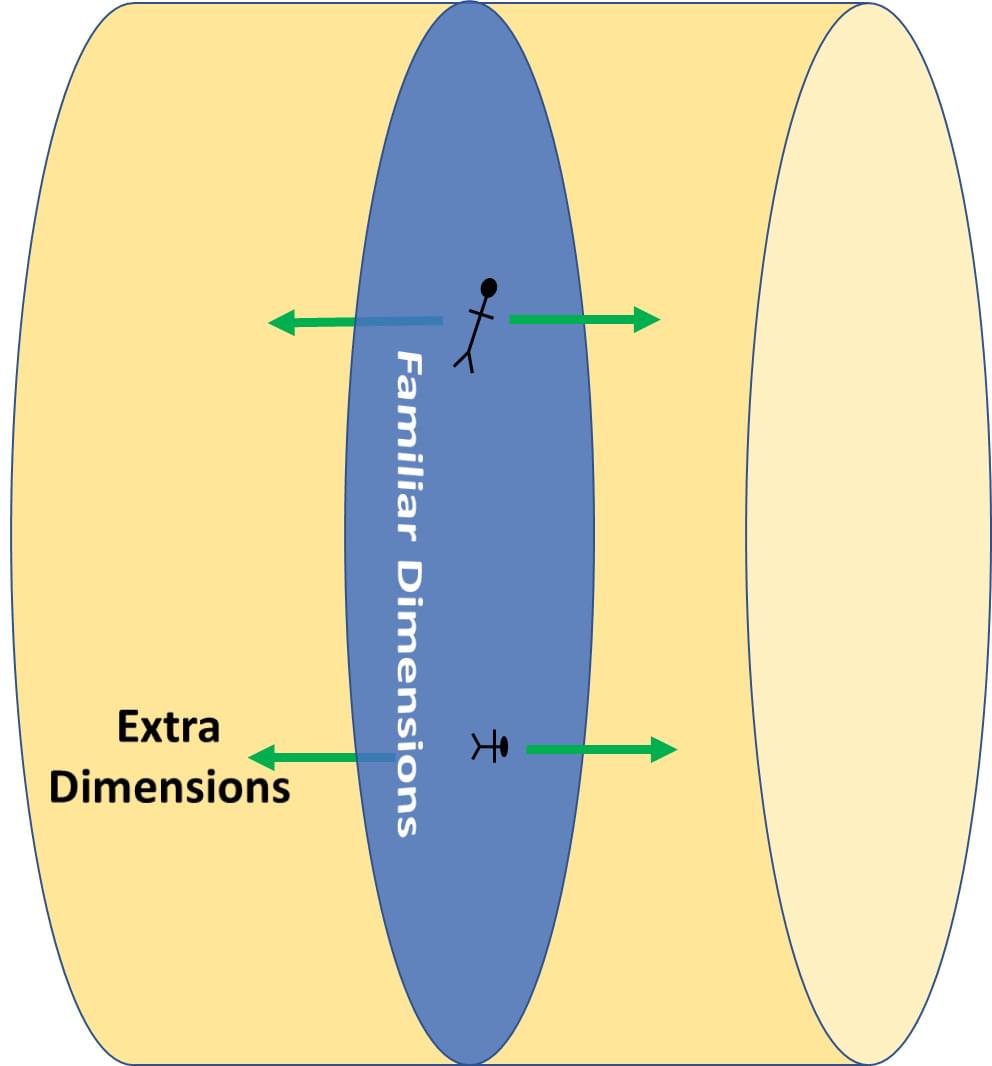
For general readers:
Is it possible that the particle physicists hard at work near Geneva, Switzerland, at the laboratory known as CERN that hosts the Large Hadron Collider, have opened a doorway or a tunnel, to, say, another dimension? Could they be accessing a far-off planet orbiting two stars in a distant galaxy populated by Jedi knights? Perhaps they have opened the doors of Europe to a fiery domain full of demons, or worse still, to central Texas in summer?
Mortals and Portals.
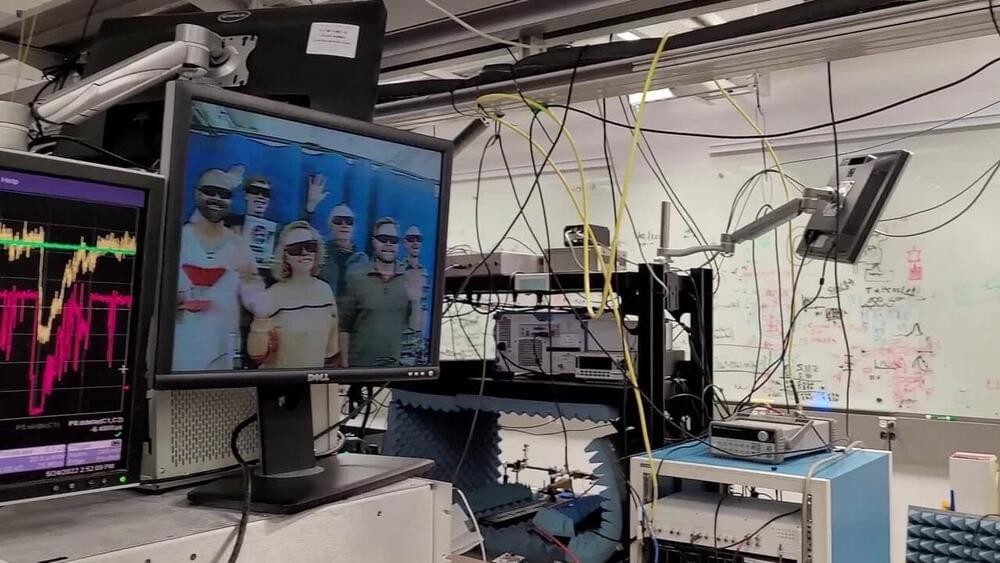
Researchers at the National Institute of Standards and Technology (NIST) have adapted their atom-based radio receiver to detect and display live color television and video games.
Atom-based communications systems are of practical interest because they could be physically smaller and more tolerant of noisy environments than conventional electronics. Adding video capability could enhance radio systems in, for example, remote locations or emergency situations.
NIST’s receiver uses atoms prepared in high-energy “Rydberg” states, which are unusually sensitive to electromagnetic fields, including radio signals. These sensors also enable signal power measurements linked to the international system of units (SI). The latest work, described in AVS Quantum Science, is the first to demonstrate video reception.

Faster computers, tap-proof communication, better car sensors—quantum technologies have the potential to revolutionize our lives just as the invention of computers or the internet once did. Experts worldwide are trying to implement findings from basic research into quantum technologies. To this end, they often require individual particles, such as photons—the elementary particles of light—with tailored properties.
However, obtaining individual particles is complicated and requires intricate methods. In a study recently published in the journal Science, researchers now present a new method that simultaneously generates two individual particles in form of a pair.
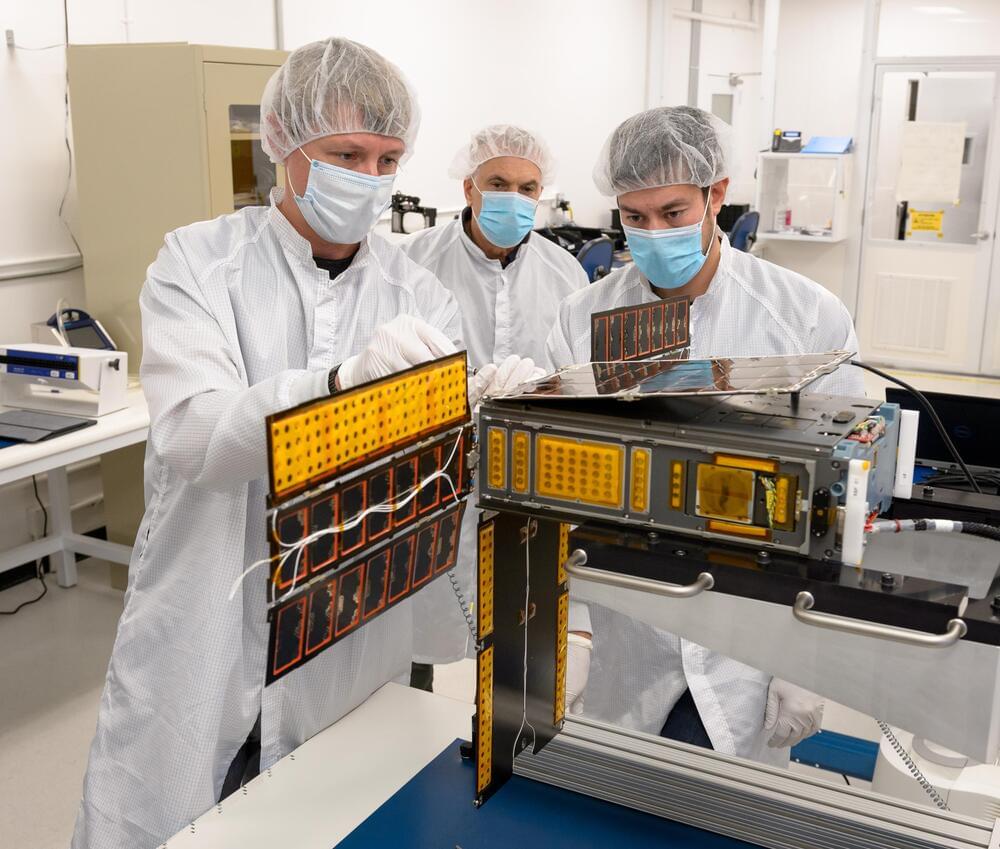
Its Biosentinel mission will launch aboard Artemis I.
NASA’s sending living cells to deep space for the first time. The BioSentinel mission will be the first long-duration biology experiment in deep space, a NASA post.
BioSentinel will monitor the growth and activity of yeast cells as they get bombarded by high-energy radiation particles in deep space and beam the data back to NASA researchers on Earth to help safeguard astronaut heath.

The new phase of matter, created by using lasers to rhythmically jiggle a strand of 10 ytterbium ions, enables scientists to store information in a far more error-protected way, thereby opening the path to quantum computers that can hold on to data for a long time without becoming garbled. The researchers outlined their findings in a paper published July 20 in the journal Nature (opens in new tab).


After decades of inertial confinement fusion research, a yield of more than 1.3 megajoules (MJ) was achieved at Lawrence Livermore National Laboratory’s (LLNL’s) National Ignition Facility (NIF) for the first time on Aug. 8, 2021, putting researchers at the threshold of fusion gain and achieving scientific ignition.
On the one-year anniversary of this historic achievement, the scientific results of this record experiment have been published in three peer-reviewed papers: one in Physical Review Letters and two in Physical Review E (See papers one and two). More than 1,000 authors are included in the Physical Review Letters paper to recognize and acknowledge the many individuals who have worked over many decades to enable this significant advance.
“The record shot was a major scientific advance in fusion research, which establishes that fusion ignition in the lab is possible at NIF,” said Omar Hurricane, chief scientist for LLNL’s inertial confinement fusion program. “Achieving the conditions needed for ignition has been a long-standing goal for all inertial confinement fusion research and opens access to a new experimental regime where alpha-particle self-heating outstrips all the cooling mechanisms in the fusion plasma.”
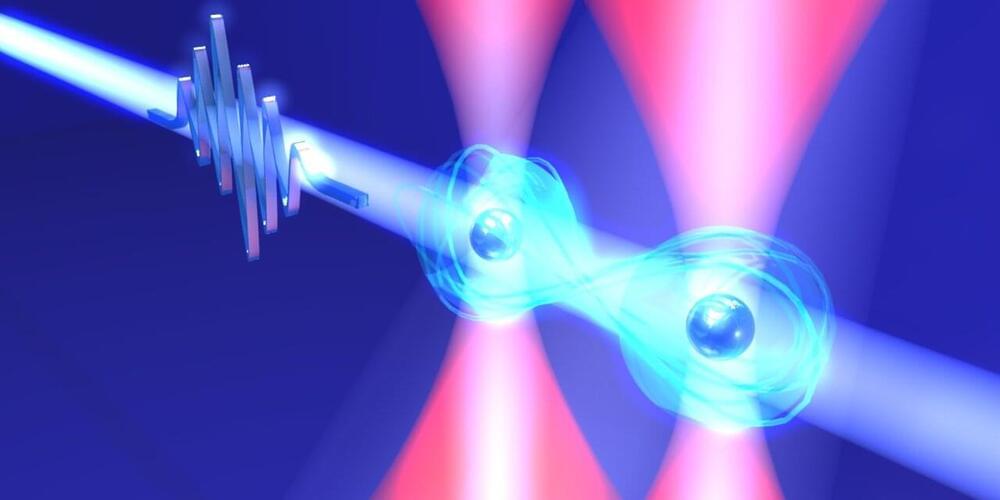
The two-qubit gate can be reached in 6.9 nanoseconds.
* A research group succeeded in executing the world’s fastest two-qubit gate. * Quantum computers and optical tweezers were used to conduct the research. * It is used an ultrafast laser to manipulate cold atoms.
The world’s fastest two-qubit gate has been executed in 6.5 nanoseconds by a group of researchers at the National Institutes of Natural Sciences. A research group led by graduate student Yeelai Chew, Assistant Professor Sylvain de Léséleuc, and Professor Kenji Ohmori used atoms cooled to almost absolute zero and trapped in optical tweezers separated by a micron. By manipulating the atoms with special laser light for 10 picoseconds, they executed the world’s fastest two-qubit gate.

The new concrete made of tyres will be eco-friendly and cheaper. Engineers from RMIT succeeded in producing concrete from materials such as gravel, tyre, rubber, and crushed rock. It is believed that this innovation will be cheaper and eco-friendly. The team is now looking into reinforcing the concrete to see how it can work in structural elements. A group of researchers from the Royal Melbourne Institute of Technology (RMIT), has succeeded in replacing the classic method of making concrete, which is made of gravel and crushed rock, with rubber from discarded tyres that are suitable for building codes.
According to the press release that has been published by the university, new greener and lighter concrete also promises to reduce manufacturing and transportation costs significantly. Small amounts of rubber particles from tyres are already used to replace these concrete aggregates. However, the previous process of replacing all concrete with aggregates had not been successful.
The study published in the Resources, Conservation & Recycling journal showed the tyres’ manufacturing process.
Lead author and Ph.D. researcher from RMIT University’s School of Engineering, Mohammad Momeen Ul Islam, stated that this work was revolutionary because it showed what could be done with recycled rubber pieces.
Full Story:
Australia’s RMIT engineering team made greener and lighter concrete.